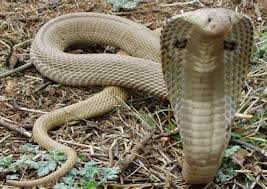M S Subbulakshmi and her music - Part 7: Syama Sastry - Rave Himagiri Kumari
We have heard MS sing the Tyagaraja and Dikshitar classics in this series's earlier part. In this part, we will look at MS singing Syama Sastry.
Many Tyagaraja krithis are redolent with high poetry, while Dikshitar krithis are embedded with deep Sanskrit scholarship and sthala puranas. Syama Sastry's krithis, on the other hand, are simple and direct pleas to the Goddess. Syama Sastry rejects exalted language in favour of simple words. His krithis oftentimes have the feeling of prose rather than poetry.
Despite the simple and sometimes simplistic lyrics, the combination of music and lyrics makes his krithis emotionally heavy, and only the best artists can do justice to his compositions. While he was known for his superb use of the chapu thala, what stands out is the merging of the thala with the bhakti bhava, which provides an unforgettable experience to the listener. Even when he takes up a 'minor' raga like Ahiri or Paras, he fills them up with so much raga bhava and bhakti bhava that these krithis become the embodiment of the raga and are treated as 'heavy' pieces by the musicians.
Singing the best of the Syama Sastry krithis demands the best from the music: a control over laya, a deep understanding of the raga bhava and the ability to infuse emotion into music without lapsing into sentimentality. MS Subbulakshmi had all these qualities in her music, and she brilliantly sang some amazing Syama Sastry krithis. I do wish she had sung more Syama Sastry krithis, but she did great justice to all the krithis of Syama Sastry that she had sung.
We will listen to her singing the amazing swarajathi of Syama Sastry in the raga Todi, 'rave himagiri kumari.' Syama Sastry composed three swarajathis: Bhairavi, Todi, and Yadhukula Khamboji, Bhairavi being the most famous. The Todi swarajathi needs good vocal range and voice control, with the pallavi starting quite low. Here, you hear MS singing the lower registers and Radha singing the same notes an octave higher. It is such a joy hearing MS's voice in the lower registers. As usual, MS enunciates the words perfectly, and her ability to infuse bhakti comes to the fore in the charanams. The pace is perfect to maintain the seriousness and gravitas of this piece. The vocal dynamics, especially in the charanams, enhance the listening experience.
What could end up being a purely technical piece turns into an exposition on bhakti due to Syama Sastry's magical composing abilities and MS's singing. 'kamapalini neevani koriti koniyadithi vedithi,' Aaha. So many wonderful lines in this swarajathi.
Here is an interesting rendition of MS and her guru, Semmangudi, singing together. While you mostly hear Semmangudi's voice (MS's voice is in the background), this version showcases how closely she followed her guru's style in her rendition.




Comments